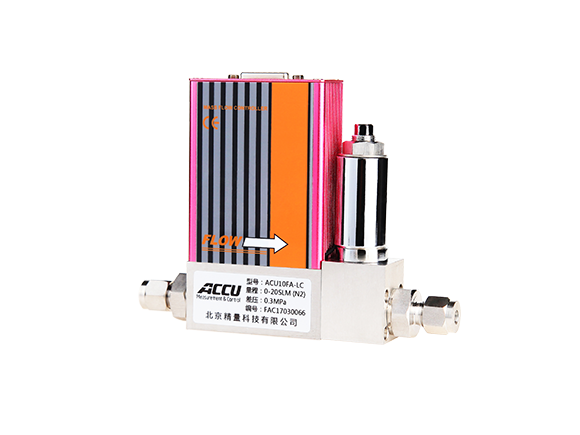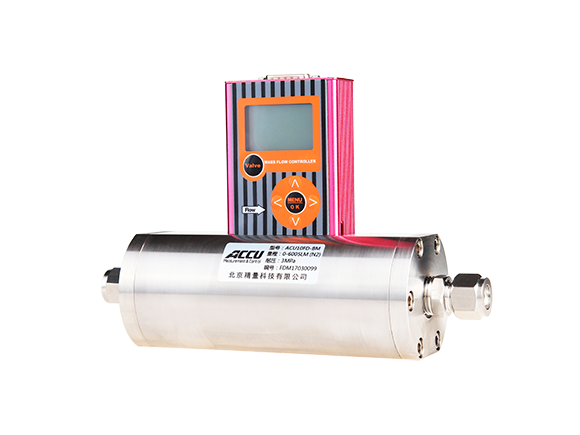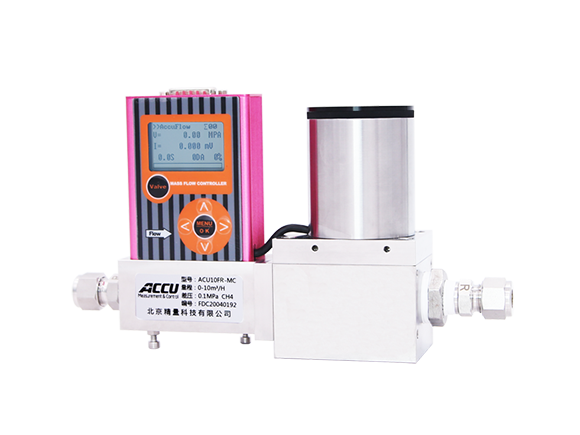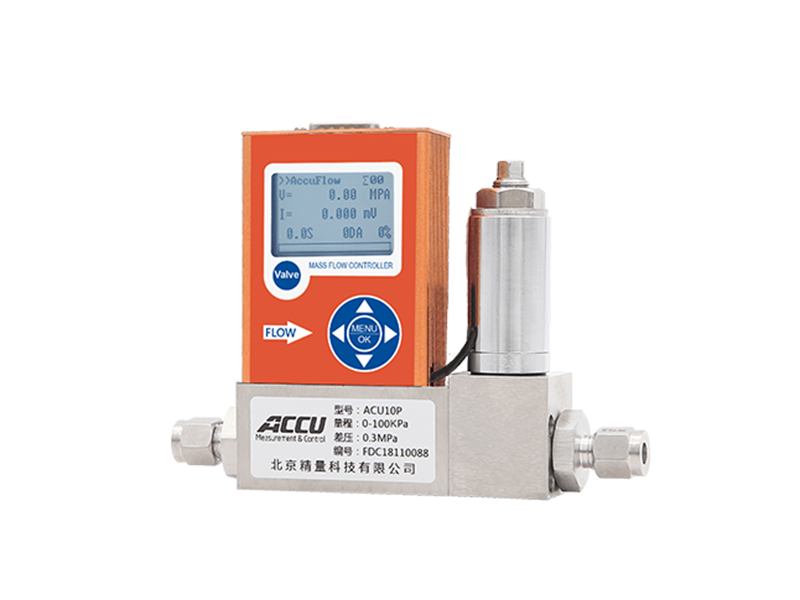What points should be noted when installing a gas mass flow meter?
Gas Mass Flow Meter With its high-precision measurement characteristics, it is widely used in various fields such as food, medical, and petrochemicals, playing a key role in monitoring mass flow during production processes. Mainstream products, such as thermal gas mass flow meters, although possessing good performance, require proper installation to ensure measurement accuracy and equipment stability. During the actual installation process, the following key points should be noted:
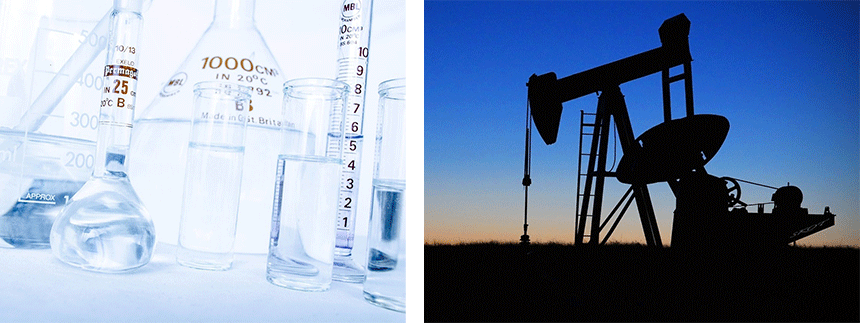
1. Reasonable Planning of Installation Spacing and Environment
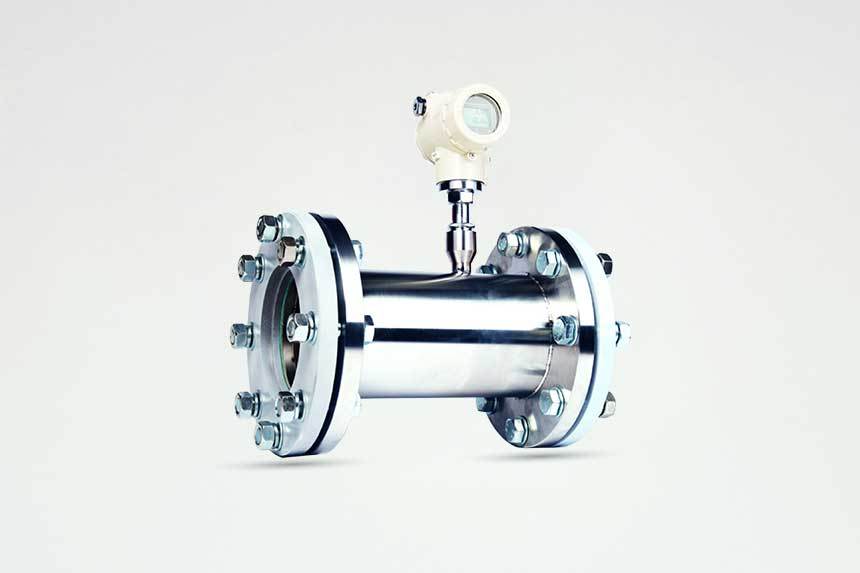
When installing pipe-type gas mass flow meters, the spatial layout of the sensor and surrounding devices should be fully considered. It is recommended to maintain an appropriate distance between the sensor and devices such as transmitters and motors to avoid mutual interference. Because the working principle of the sensor is closely related to the electromagnetic field, it should be installed away from strong magnetic field areas, such as large motors and transformers, to prevent magnetic field interference from affecting measurement accuracy. At the same time, choose an installation location with less vibration to reduce measurement data deviations caused by mechanical vibrations and create a stable operating environment for the flow meter.
2. Select Installation Location Based on Measured Medium
Related Products


